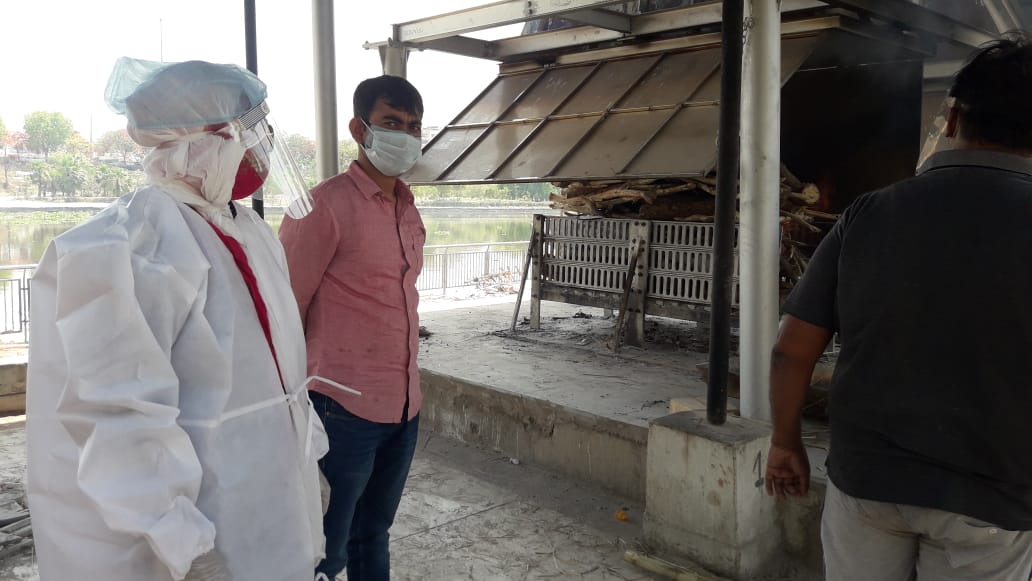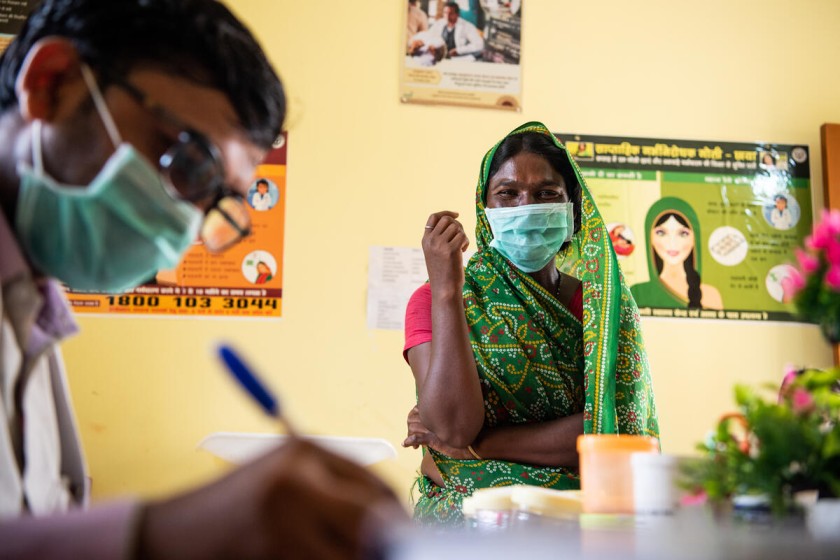COVID-19: The first wave of COVID-19 in 2020 exposed the loopholes in the public service delivery system, especially with respect to healthcare and welfare. The time between the dip in the number of cases from the first wave to the current surge, could have been used to put in place better systems, and to strengthen infrastructure to deal with the crisis communities are now facing.
India has been reporting more than three lakh COVID-19 cases and more than 2,000 deaths every day for the past one week—exponentially higher than it did during the first round of the outbreak of the disease. From hospitals running out of oxygen supply, beds, and antiviral medicines such as Remdesivir, to migrant workers finding themselves jobless once again following imposition of restrictions and lockdowns, urban centres of the country are witnessing scenes of despair.
The scenes playing out in rural India—which requires greater assistance in terms of public service delivery—are no different, if not worse.
Here is an overview of what rural Bihar is experiencing right now, based on Gram Vaani’s observations and interactions with people across different districts. On April 25th, 2021 the state had reported a total of 87,000 active cases.
Primary healthcare and COVID-19
Most of the sub-centres, primary health centres, and community health centres have been converted into dedicated COVID-19 care centres. People in need of non-COVID-19 medical services such as treatment for tuberculosis, hypertension, and seasonal flu, among others are being turned away, without any other options for care. These patients are now forced to seek treatment at private clinics and hospitals which are mostly concentrated in distant townships or urban areas and charge steep fees.
ASHA and Anganwadi workers, who are responsible for the last mile delivery of essential medical services, have been assigned to COVID-19 vaccine duty. This has impacted the delivery of mid-day meals for children and the distribution of iron tablets; the monitoring of immunisation schedules of babies and pregnant women; the periodic checks on tuberculosis (TB) patients, and so on.
Their core responsibilities have been supplemented with additional duties of contact tracing, spreading awareness on prevention of COVID-19, keeping a close watch on incoming migrant workers to ensure they follow quarantine protocol, and reporting suspected COVID-19 cases.
Food insecurity
People without ration cards are once again being left out of the food security net provided by the Pradhan Mantri Garib Kalyan Anna Yojana (PMGKAY) scheme, whereby the central government has committed to providing free food grains to 81 crore ration card holders in the months of May and June 2021.
New applications for registration for ration cards are not being accepted or processed. Adding new members to existing ration cards is also facing many delays.
No jobs
The allocations for the demand-driven Mahatma Gandhi National Rural Employment Guarantee Act (MGNREGA) scheme stood at INR 73,000 crore in 2021-22, higher than the budget estimates for the previous year, but lower than the revised estimates of INR 1.11 lakh crore. This budget cut has limited the capacity of states to create and allocate jobs.
With migrant workers fleeing urban centres once again to go back to their villages on the back of state-level curfews and lockdowns, the demand for jobs is likely to increase in rural Bihar.
The situation on the ground today is chillingly similar to this time last year, where people were left feeling stranded, with a governance and public delivery system that was ill-equipped to do its job.
As told to IDR by Sultan Ahmad, Head – Media and Governance, Gram Vaani.
—
Know more
- Read about the need to reinforce social welfare schemes to withstand crises.
- Read more on how NREGA had fared during the lockdown imposed to curb the first wave of COVID-19.
Do more
- Follow this page for insights and analysis, or to support efforts to fight the COVID-19 crisis in India.
- Write to contact@gramvaani.org if you are interested in collaborating on or building: 1) A violation reporting system for workers, 2) A grievance reporting system for social protection schemes.
- Support nonprofits working towards COVID-19 relief efforts in Bihar— BAIF Development Research Foundation, CHILDLINE India Foundation, Dhosa Chandaneswar Bratyajana Samity, Habitat for Humanity India, Haqdarshak Empowerment Solutions Private Limited, Healing Fields Foundation, HelpAge India, iPartner India, Kalipather Navajeevan Seva Samity (KNSS), Mijwan Welfare Society, Miracle Foundation India, Plan India, Railway Children India, SEEDS (Sustainable Environment and Ecological Development Society), Self Employed Women’s Association (SEWA), Sumitra Jankalyan Sewa Sansthan, and United Way Mumbai




